Medical History: The NHS through the decades
by Scott Dutfield · 26/03/2020
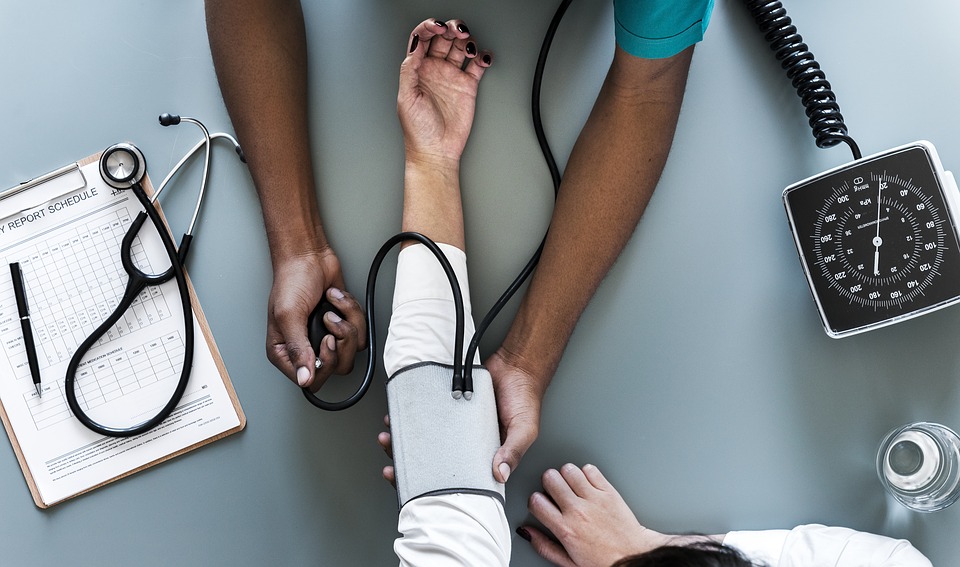
Discover just some of the many medical milestones throughout over 70 years of the UK’s National Health Service
5 July 1948 – Birth of the NHS
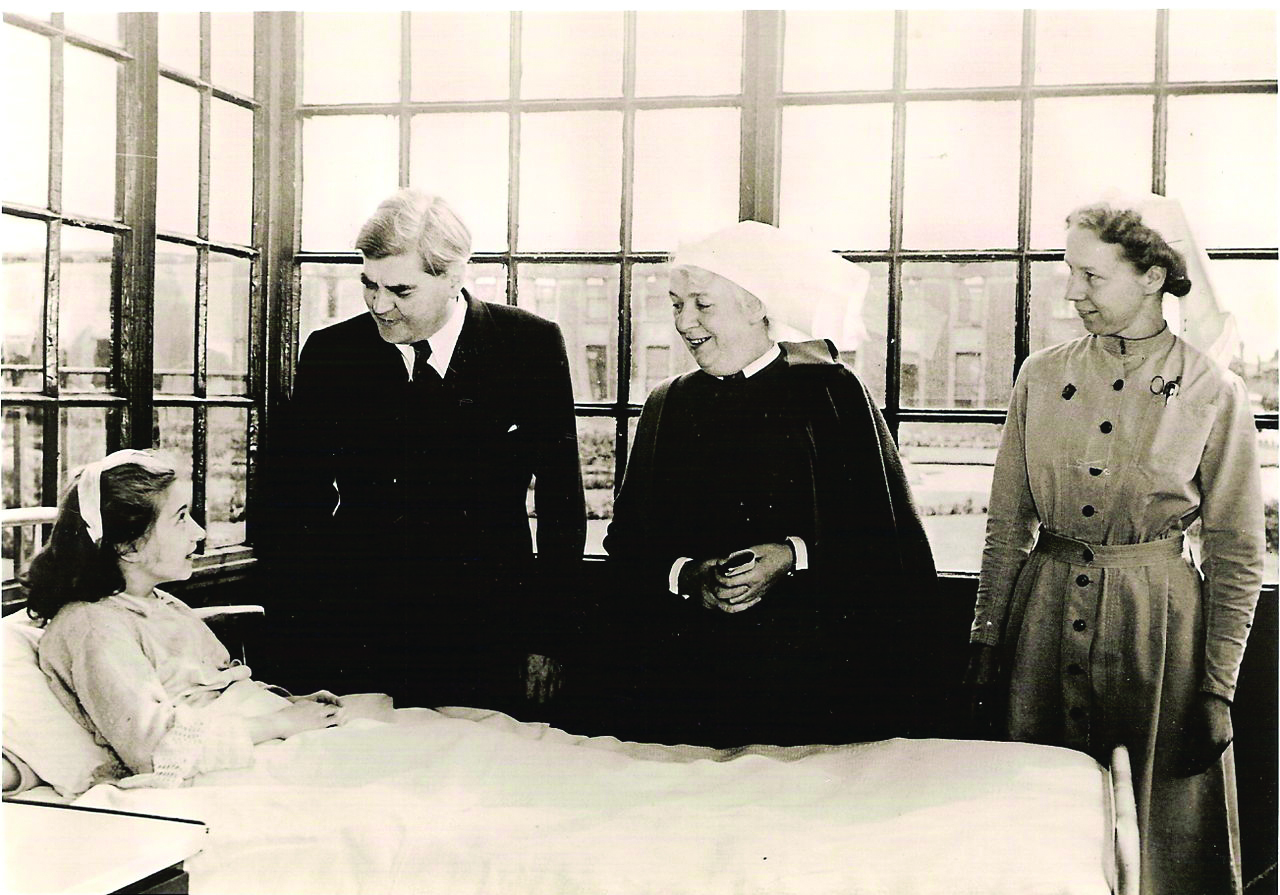
Image credit : University of Liverpool Faculty of Health & Life Sciences
Launched by the health secretary Aneurin Bevan (second left), the NHS would act as an umbrella organisation and unite medical professionals from different disciplines under a service that would be free for all at the point of delivery. The NHS’s first patient was 13-year-old Sylvia Beckingham (left) at Park Hospital in Machester (now Trafford General Hospital).
1958 – Polio and diphtheria vaccinations rolled out
Cases of polio and diphtheria had reached epidemic proportions, with up to 700,00 cases of diphtheria reported. The NHS rolled out a vaccine to everyone under the age of 15, drastically reducing the prevalence of both diseases.
1960 - First UK kidney transplant
1962 – The first full hip replacement
At Wrightington Hospital, near Wigan, Professor John Charnley performed the first full hip replacement. In order to continually develop the design, patients agreed to have the artificial hip removed post-mortem for analysis, and in 1962 the modified ‘Charnley hip’ was realised.
1968 - First UK heart transplant
1968 – Sextuplets are delivered after fertility treatment
After a fertility treatment called gonadotrophin, Sheila Thorns gave birth to six babies by caesarean section. 28 medical staff attended the delivery at Birmingham Maternity Hospital, but unfortunately – despite the doctors’ best efforts – three of the babies did not survive.
1972 – CT scanners are introduced
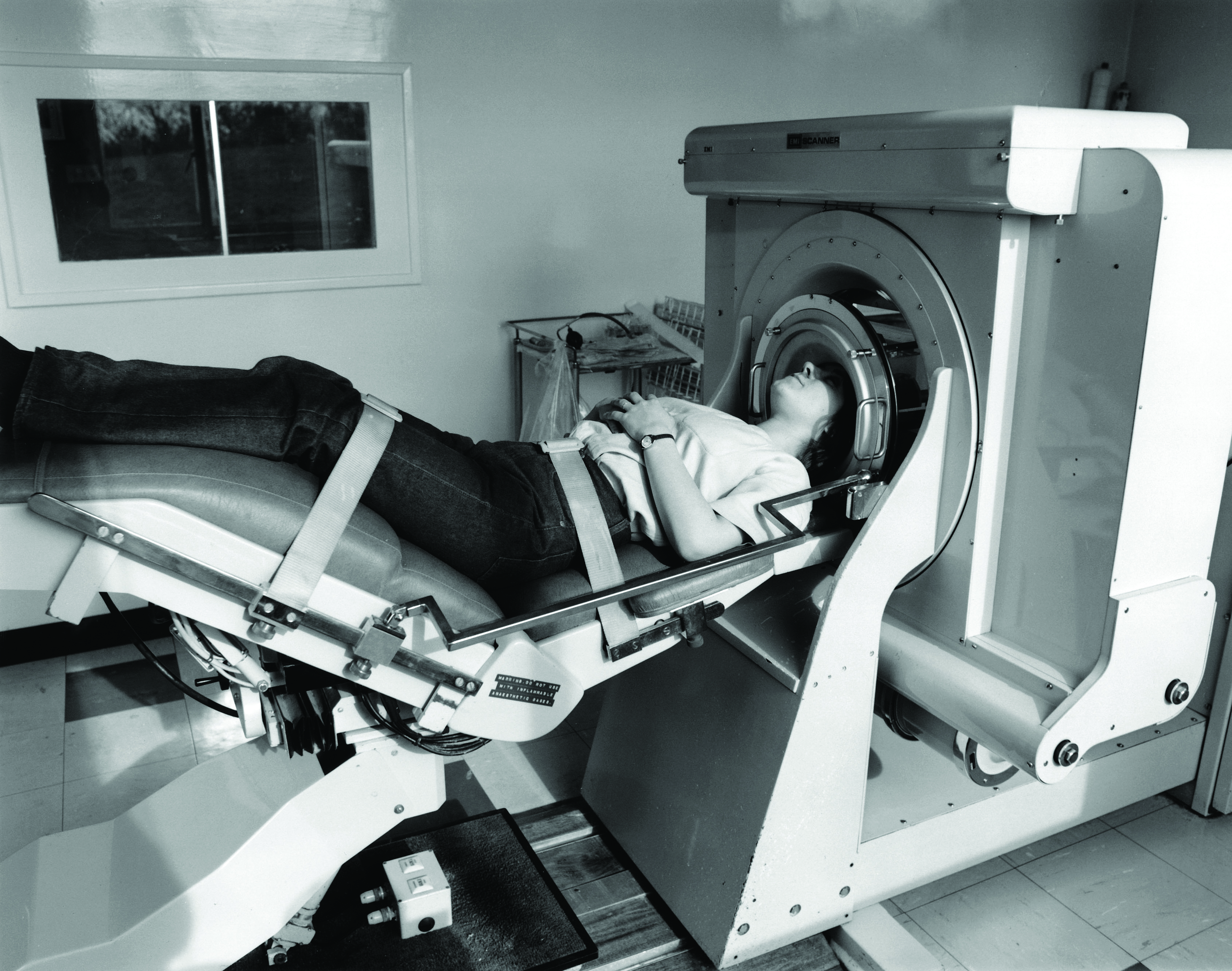 Image source: Getty Images
Image source: Getty Images
Created by British engineer Sir Godfrey Newbold Hounsfield, the computerised tomography (CT) scanner could produce three-dimensional images of internal organs like the brain, for example, with the use of two-dimensional X-rays.
1978 – World’s first baby born using IVF
A new technique developed by gynaecologist Dr Patrick Steptoe and physiologist Dr Robert Edwards resulted in the birth of Louise Brown, the first baby born by in vitro fertilisation (IVF).
1988 – Breast screening introduced
The NHS launched a project to tackle deaths caused by breast cancer across the nation. Women over the age of 50 were offered free mammograms, a process that uses X-rays to detect tissue abnormalities within the breast.
2002 – First gene therapy success
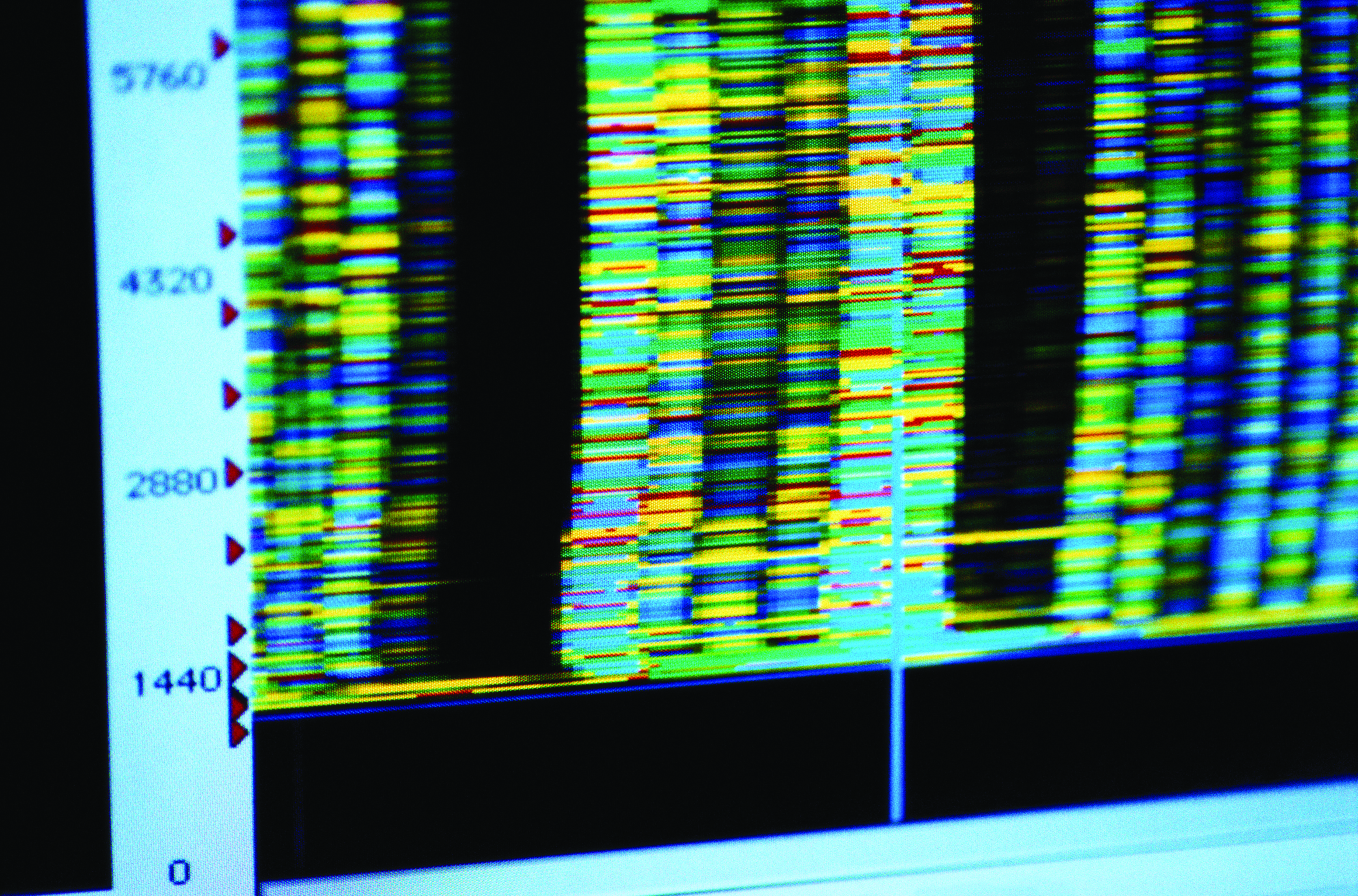 Image source: Getty Images
Image source: Getty Images
Gene therapy is a process whereby genes are used to treat conditions by replacing or introducing new genes to a patient. This method successfully treated 18-month-old Rhys Evans at Great Ormond Street Hospital, London, who suffered from severe combined immunodeficiency disease at the time.
2007 – Rise of the robot surgeon
Doctors at St Mary’s Hospital, London, began working with a revolutionary robotic arm to perform cardiac operations. The da Vinci robot was used to deliver electric currents to specific parts of the heart without the need for traditional invasive and risky surgery.
2012 - First UK hand transplant
Today's technology
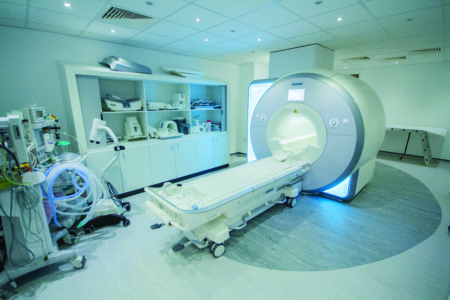
Magnetic resonance imaging
An integral piece of equipment in the field of neurology, MRI scanners use a magnetic field and radio waves to form images of the brain and almost any other body part of the body.
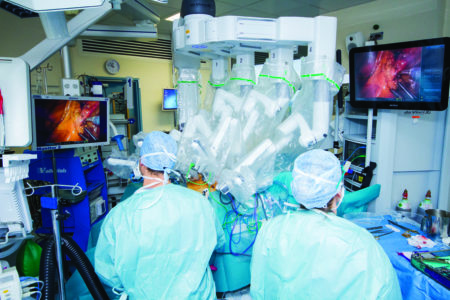
Da Vinci Surgical System
The da Vinci system enables surgeons to perform robot- assisted operations to treat a variety of conditions. Poole Hospital in Dorset was the first hospital in the UK to use the robot to treat cancers.
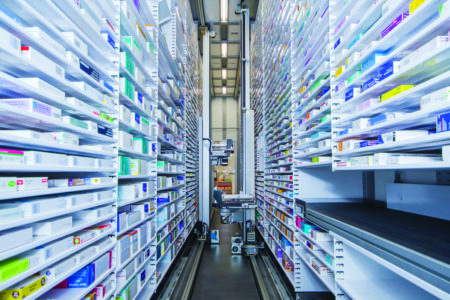
Prescription dispensing robot
The days of organising and collecting prescription medication by hand could soon be over. Poole Hospital has the first UK dispensing robot, which can deliver medicines around the hospital
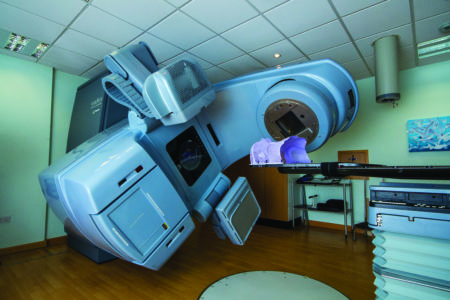
Linear Accelerator
These machines, along with Image-Guided Radiotherapy (IGRT), pinpoint the position of tumours, allowing for more accurate and faster treatment.
This article was originally published in How It Works issue 113
For more science and technology articles, pick up the latest copy of How It Works from all good retailers or from our website now. If you have a tablet or smartphone, you can also download the digital version onto your iOS or Android device. To make sure you never miss an issue of How It Works magazine, subscribe today!





